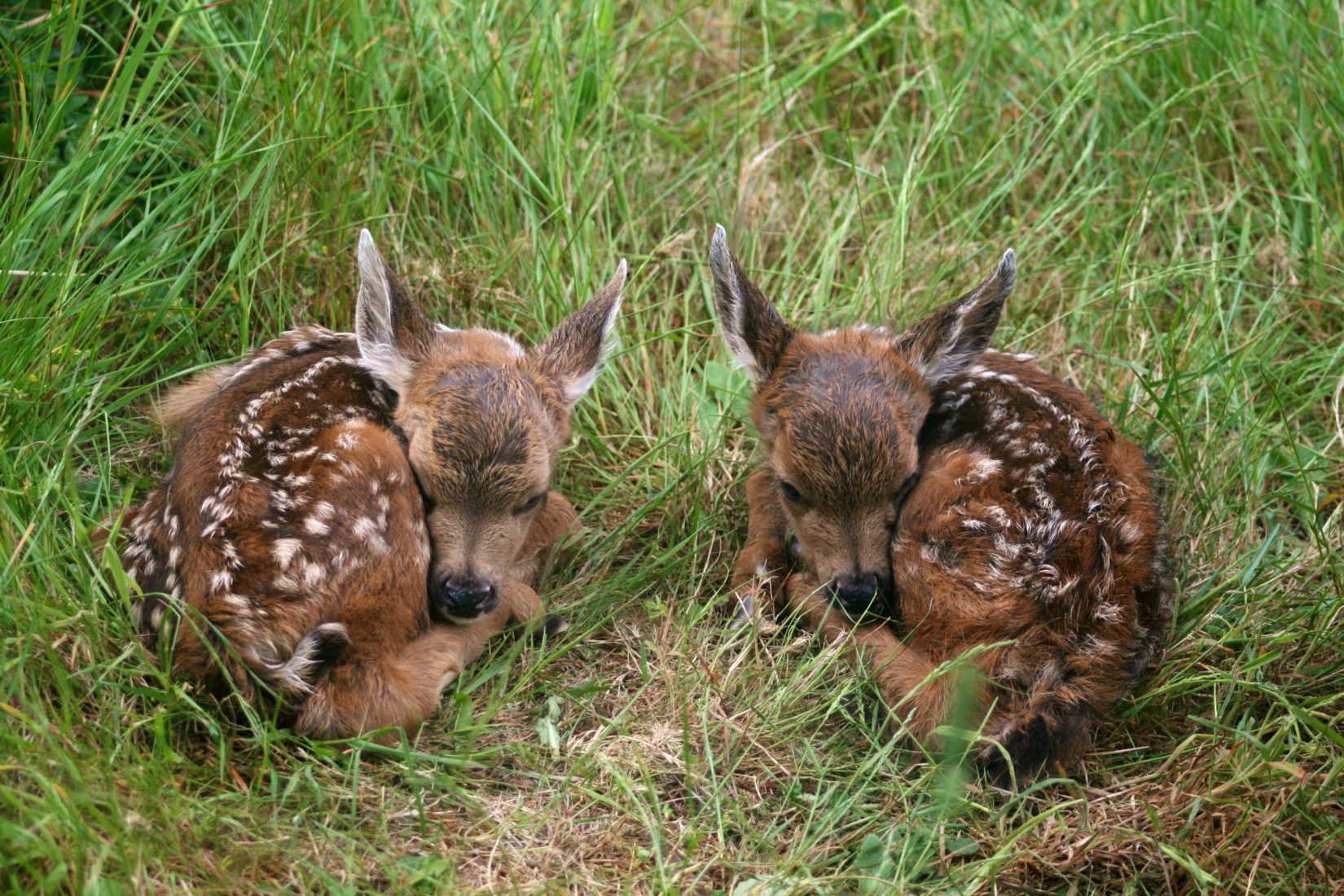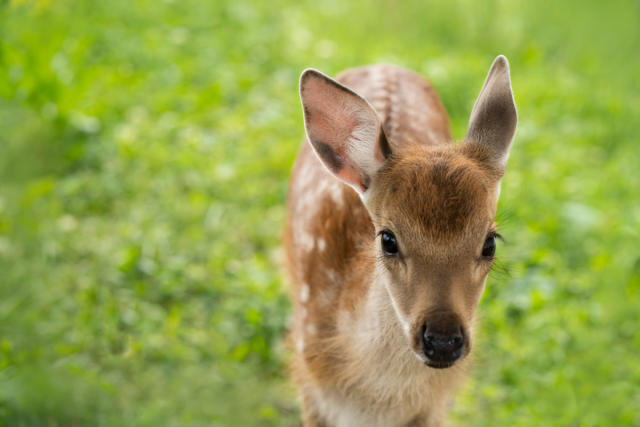Big Country, TX – As fawn season begins, wildlife authorities in Big Country are issuing strong warnings against “fawn-napping,” the act of taking young deer from their natural habitats. This annual reminder aims to educate the public about the dangers of interfering with wildlife and the importance of letting nature take its course.
The Onset of Fawn Season
Fawn season, typically from late spring to early summer, is a critical time for deer populations. During this period, mother deer, or does, give birth to their young, and fawns can often be seen lying alone in grass or woodland areas. This solitary behavior is a natural survival tactic, as fawns have minimal scent, making it harder for predators to detect them.
The Misguided Impulse to Help
Many well-meaning individuals mistake these seemingly abandoned fawns as orphans and attempt to rescue them, a practice known as “fawn-napping.” However, wildlife experts emphasize that this intervention is usually unnecessary and often harmful.
“People think they are helping, but they are doing more harm than good,” explains John Davis, a wildlife biologist with Texas Parks and Wildlife. “The mother is usually nearby, watching over her young, and will return once it’s safe.”
The Consequences of Fawn-Napping
Removing fawns from their natural environment disrupts their development and can lead to severe consequences:
- Dependency on Humans: Fawns raised by humans often struggle to adapt to wild conditions and become dependent on people for survival.
- Nutritional Deficiencies: Wild deer require specific nutrition that human caretakers may not be able to provide, leading to malnourishment.
- Legal Implications: It is illegal to take or possess wildlife without proper permits, and violators can face significant fines and penalties.
What to Do If You Find a Fawn
Authorities urge residents to follow these guidelines if they encounter a fawn:
- Leave It Alone: Do not touch or move the fawn. The mother will return when it is safe.
- Observe from a Distance: If you are concerned about the fawn’s well-being, monitor it from a safe distance to ensure the mother returns.
- Contact Authorities: If the fawn appears injured or is in immediate danger, contact local wildlife authorities for assistance.
“By leaving fawns where they are found, we give them the best chance of survival,” advises Davis. “Mother nature knows best, and human intervention should be a last resort.”
Related Articles:
- Texas Urges Residents to Avoid Using Cars Amid Environmental and Health Concerns
- Breaking News: Amber Alert Ends with Safe Recovery of Child in Temple, Texas
- Texas Senate Showdown: Cruz vs. Allred
Educating the Public
Wildlife organizations and local authorities are ramping up efforts to educate the public about the natural behaviors of deer and the importance of not intervening. Public service announcements, social media campaigns, and community outreach programs are being utilized to spread the message.
“We want to ensure that people understand the natural lifecycle of deer and how their well-intentioned actions can have negative impacts,” says Sarah Green, spokesperson for Big Country Wildlife Association. “Our goal is to protect both the animals and the community by promoting responsible wildlife stewardship.”
In a Nutshell
As fawn season begins in Big Country, authorities are making a concerted effort to prevent fawn-napping and educate the public on the importance of letting wildlife remain undisturbed. By understanding and respecting the natural behaviors of deer, residents can contribute to the well-being of local wildlife and ensure that fawns have the best chance of thriving in their natural habitat.


